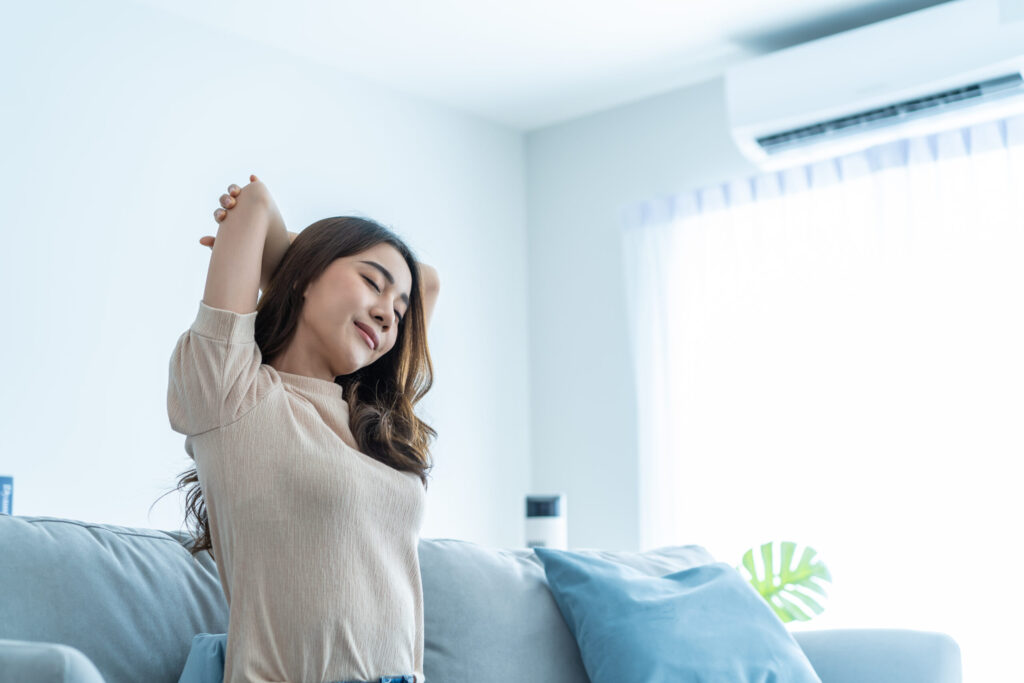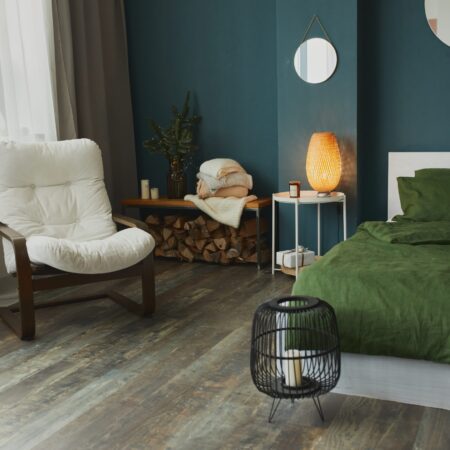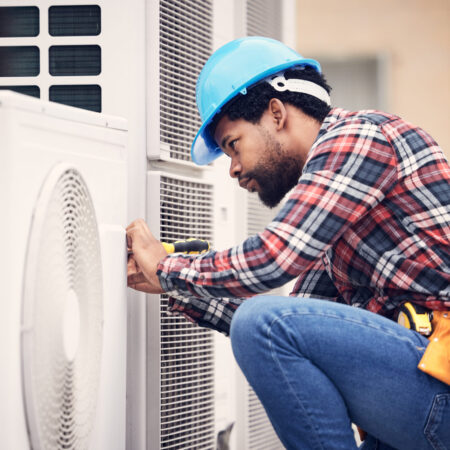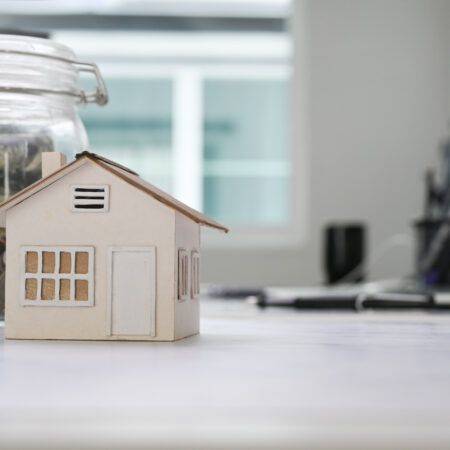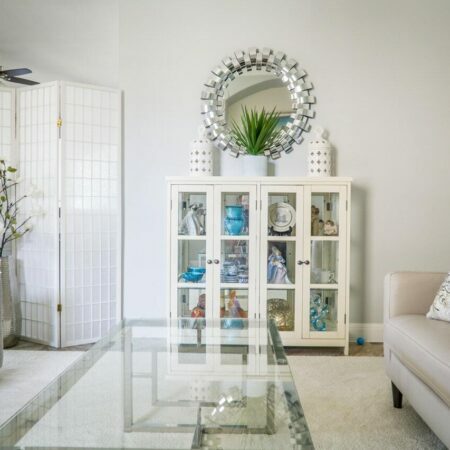Cool Down Your Home: Expert Cooling Solutions
Staying cool at home becomes a top priority as the sun blazes and temperatures soar. While cranking up the air conditioning might be the first resort for many, numerous other strategies exist to cool down your home effectively and efficiently. From ventilation strategies to smart technology, the options for maintaining a comfortable indoor atmosphere during hot weather are abundant. This article will explore some of the most effective techniques to help you beat the heat while being kind to your wallet and the planet. Keep reading to discover how to create a cool oasis in your home.
Effective Home Cooling Techniques Without Cranking Up the AC

While air conditioning units are a common solution for beating the heat, they are not the only way to keep your home cool. Fans can circulate air and create a wind-chill effect, making the room feel cooler without lowering the temperature. Positioning fans near windows in the evening can also draw in the cooler night air, providing a refreshing breeze.
Another technique involves minimizing the heat that enters your home in the first place. Window treatments such as heavy curtains or blackout blinds can block the sun’s rays. This simple adjustment not only keeps your rooms cooler but also helps to protect furniture and flooring from sun damage.
Heat-generating appliances can contribute significantly to indoor heat. Consider grilling outdoors or preparing meals that don’t require extended stove or oven use. Additionally, running heat-producing appliances like dishwashers and dryers during cooler parts of the day or night can prevent them from adding to the day’s heat load.
Woodruff and Smith Heating and Cooling, Inc. can offer expert advice on efficient cooling solutions that complement your use of air conditioning. Integrating these techniques can enhance comfort while potentially reducing energy costs.
Ventilation Strategies: Maximizing Cool Air Flow in Your Home

Effective ventilation is vital for removing hot air from your home and replacing it with cooler air from outside. Cross-ventilation can be achieved by opening windows on opposite sides of a room, allowing for a natural airflow. The arrangement should take advantage of the prevailing winds and your property’s cooler, shaded areas.
Attic ventilation is equally crucial, as it helps to dissipate the heat that rises and accumulates in the upper portions of the house. Installing attic vents or highly efficient exhaust fans can drastically reduce the temperature in this space, preventing it from radiating downward into your living areas.
In addition to natural ventilation, whole-house fans can be an excellent investment for drawing in cool evening air and expelling hot air through attic vents. These systems are most effective in climates where temperatures drop significantly at night.
Furthermore, integrating a zipper shade system into your home can enhance ventilation while keeping out insects and ensuring security. This innovative shading solution allows for open windows even during less favorable weather conditions. A quick internet search for phrases like “most secure zipper shade system in Denver” can help you find local suppliers.
Smart Home Technology: Automating Climate Control for Efficiency
The latest smart home technology offers unparalleled convenience in automating climate control. Smart thermostats learn your cooling preferences and can adjust the temperature based on the time of day or whether anyone is home. This technology adds an element of energy efficiency by cooling your home only when necessary.
Smart vents can further optimize temperature control by regulating airflow to different parts of your home. By directing cooling to the areas where it’s needed most or limiting it to unoccupied rooms, smart vents work in harmony with smart thermostats to reduce wasted energy.
You can even integrate smart window shades that adjust automatically to block out the heat during the sunniest parts of the day. These automated systems can be controlled remotely, ensuring your home begins cooling down before you return from a long day’s work.
Combining these advanced technologies with other cooling strategies can create a more efficient and comfortable indoor climate. This holistic approach to climate control may require more upfront investment but yields long-term savings through reduced energy consumption.
Altogether, combining natural cooling techniques, effective ventilation strategies, and smart home technology can create a comfortable and energy-efficient indoor environment. By integrating these solutions, you can beat the heat while minimizing energy costs and reducing your carbon footprint.

